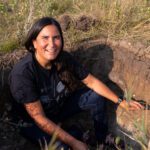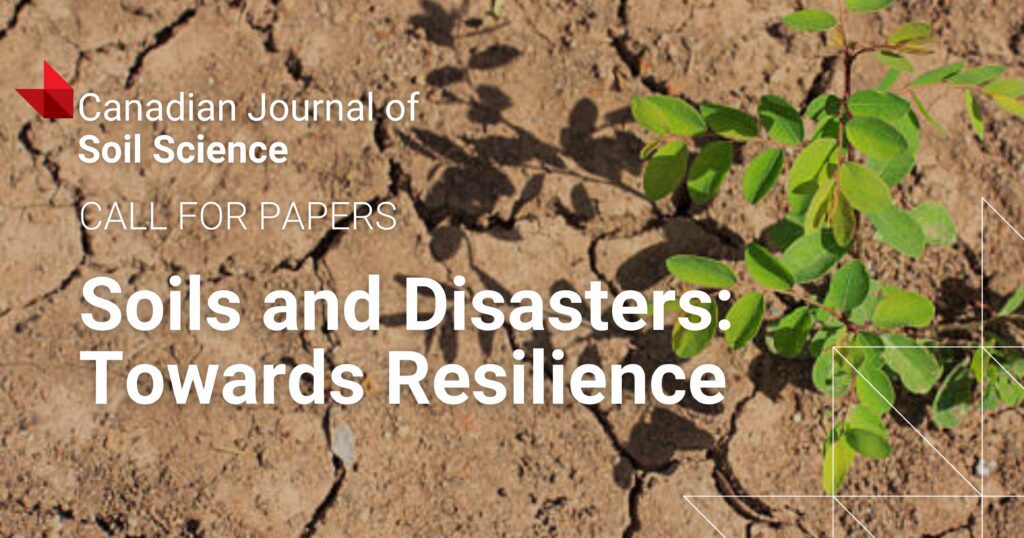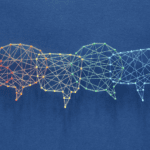From “miyo wîcêhtowin ‘good relations’: reckoning with the relationship between Indigenous Peoples and soil science in Canada”:
The nêhiyaw (Cree) core principle miyo wîcêhtowin comes to mind when I think of what the soil science discipline might aspire to with respect to the discipline’s relationship with Indigenous Peoples. The translation to English is not straightforward as miyo wîcêhtowin is a complex principle, but in essence it is “the laws concerning good relations” (Cardinal and Hildebrandt 2000), “working well together” (Gokiert et al. 2017), and “as reciprocity or ‘helping each other in a good way’” (Jobin 2023 and quoting McLeod 2007). As Potawatomi botanist Robin Kimmerer (2013) states:
“We are all bound by the covenant of reciprocity: plant breath for animal breath, winter and summer, predator and prey, grass and fire, night and day, living and dying. Water knows this, clouds know this. Soil and rocks know they are dancing in a continuous giveaway of making, unmaking, and making the earth again.”
While soil might “know” relational reciprocity, this knowledge is wanting in the discipline of soil science itself. Thus, my hope is for reciprocity in the relationship between soil science as a discipline and Indigenous Peoples of these lands in what is now Canada.
As soil scientists practicing in Canada, we have a responsibility to understand how our discipline intersects with and impacts Indigenous Peoples upon whose lands we have built careers, developed best management practices, and informed environmental regulations and climate policies. Unlike in the social or health sciences, natural scientists—including soil scientists—do not often directly work with Indigenous communities or individuals as research subjects (Wong et al. 2020). Rather, our research subject is the landscape, field, and underlying soil; consequently, we have not been as engaged or informed in the ways in which our scholarship intersects with Indigenous Peoples. It is paradoxical, however, that this disconnect is so stark considering our discipline is concerned with the land and that modern soil science was borne out of genetic soil science that recognized soil as a distinctive natural body formed in the context of place and time (Brevik and Hartemink 2010)—i.e., it recognized relationships. I will outline the historical and contemporary contexts for why this disconnect exists and why the relationship between soil science and Indigenous Peoples has not been, and is not, reciprocal; how reciprocity may be improved by increasing representation of Indigenous Peoples in soil science (and in the natural sciences generally); and what soil science may learn from Indigenous knowledge systems. As global society is faced with the multiple crises of climate change, biodiversity loss, and food insecurity, we need all of us—soil scientists, Indigenous Peoples, and settlers alike—to contribute to finding solutions and adaptations.






